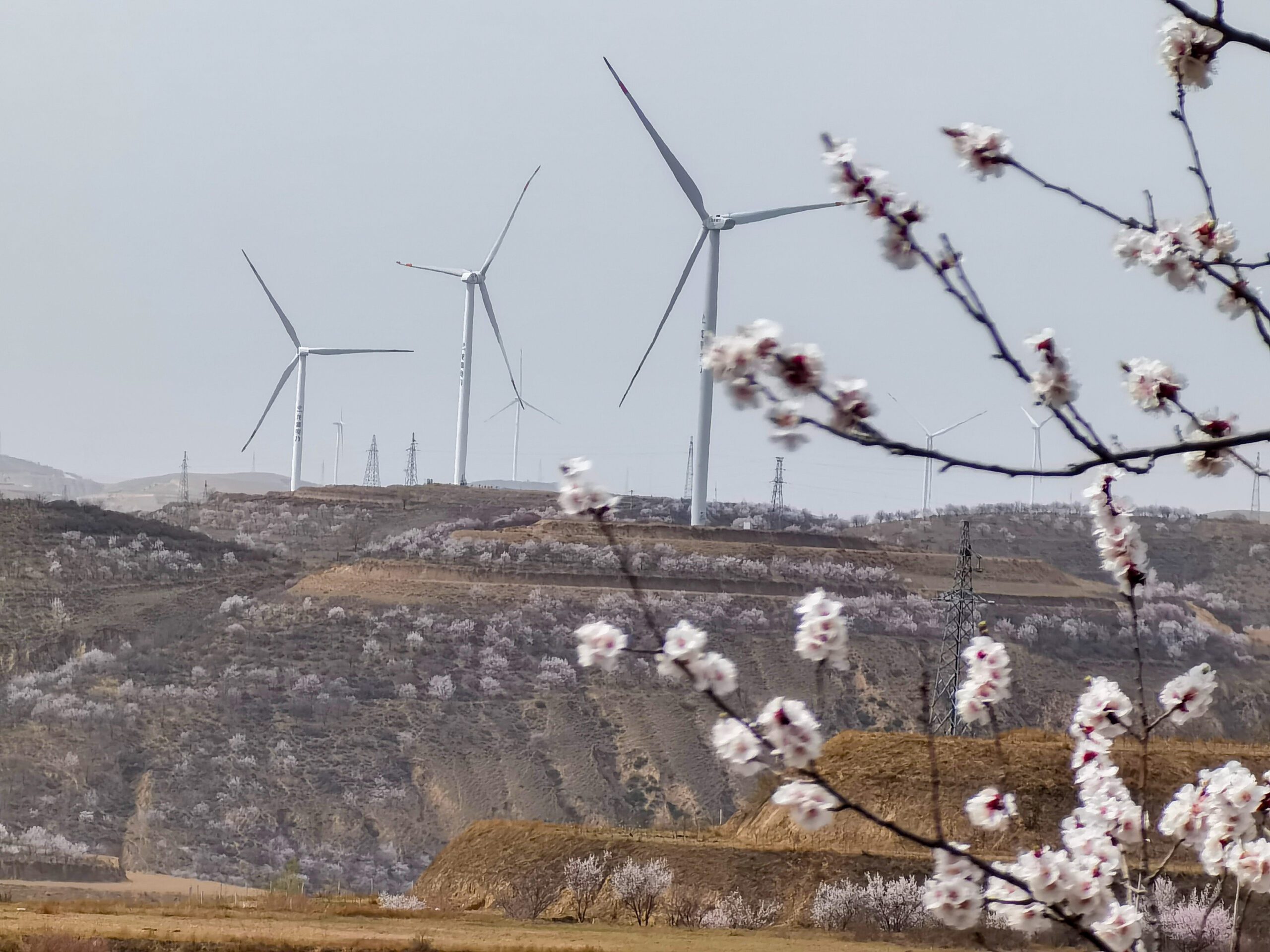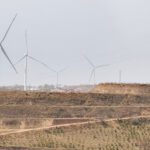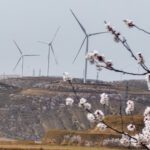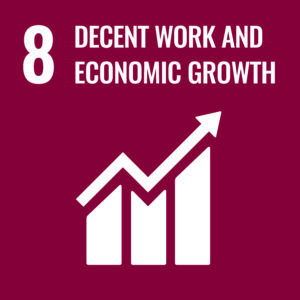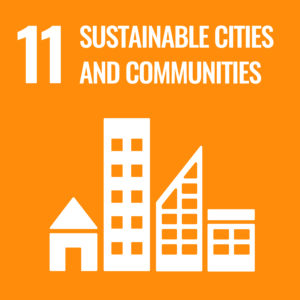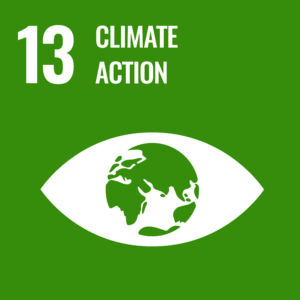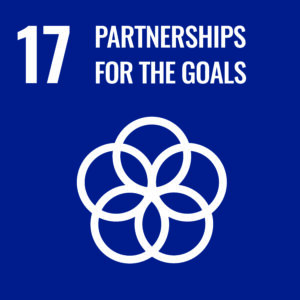Why support this project?
In a region dominated by coal-fired power plants, this project activity thus avoids CO2 emissions from electricity generation by fossil fuel power plants. The wind farm will accelerate the commercialisation of grid-connected renewable energy technologies and reduce greenhouse gas emissions in China, compared to a business-as-usual scenario.
The project consists of 58 units of wind generators, each of which has a capacity of 850kW resulting in a total capacity of 49.3MW.
Beyond greenhouse gas emissions reductions, the use of renewable energy results in lower levels of air pollution, providing additional energy security to the region, promoting economic development and creating new employment opportunities during both the construction and operation of the project.

